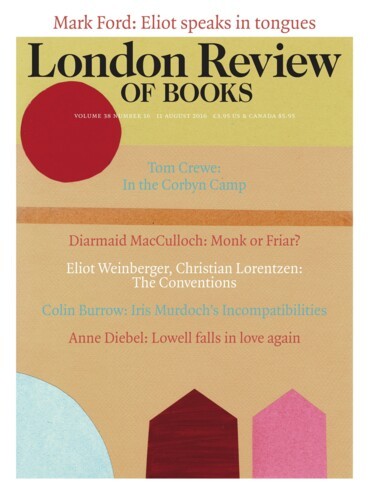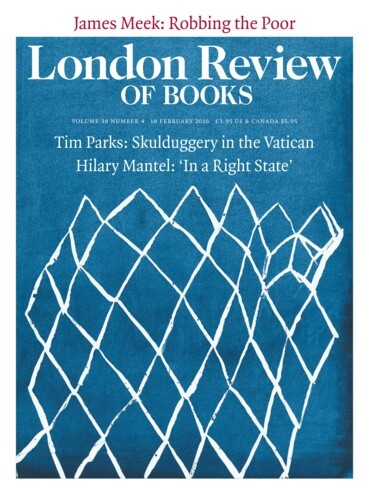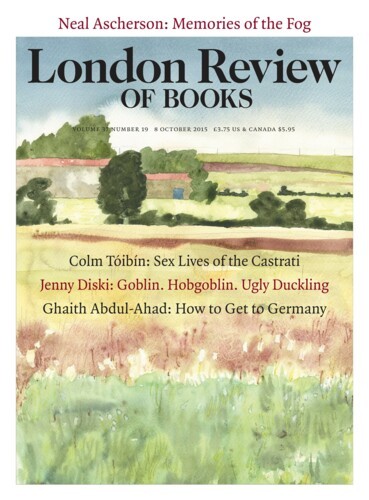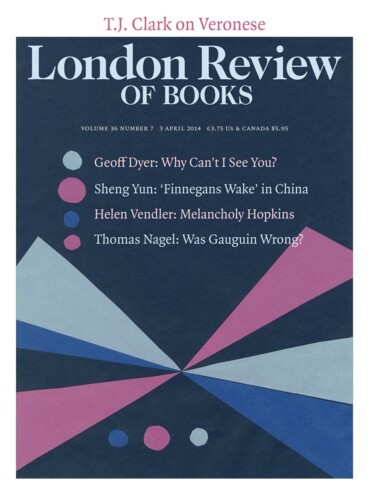At the Foundling Museum: Found
Brian Dillon, 11 August 2016
The Foundling Hospital was established in Bloomsbury in 1739 by the philanthropist Thomas Coram, ‘for the education and maintenance of exposed and deserted young children’. Strictly speaking, they weren’t foundlings: the parents, or more usually the mother, had to hand over their offspring and were instructed to ‘affix on each child some particular writing, or other...





